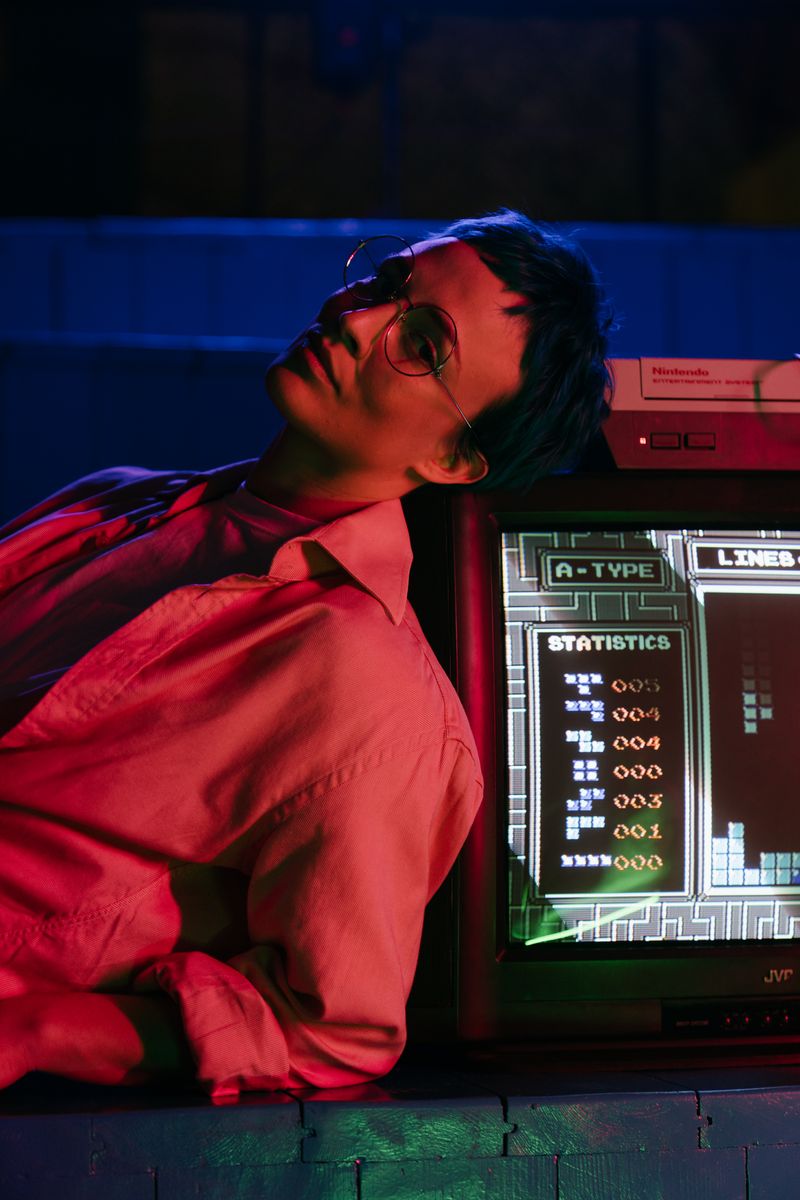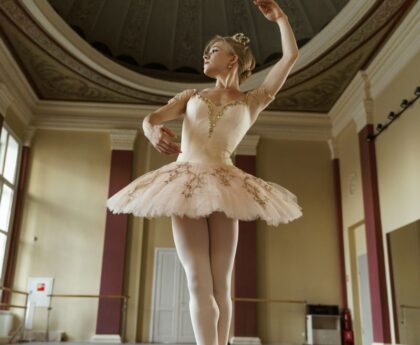Super Mario Bros. Wonder Review: A Bold Take on 2D Mario, But Falls Short on Evolution
Published 19 hours ago | By Jade King
In the highly anticipated release of Super Mario Bros. Wonder, Nintendo has delivered a bold new take on the iconic 2D Mario platforming experience. The game showcases moments of unparalleled creativity and imagination, with jaw-dropping visuals and gameplay mechanics that push the boundaries of what is possible in a 2D platformer. However, despite these revolutionary elements, Wonder falls short in fully evolving the series’ fundamentals. The game remains shackled to the traditional Mario formula, leaving players longing for a more substantial reinvention.
The Limitations of a Reinvented Aesthetic
Super Mario Bros. Wonder introduces players to the Flower Kingdom, a vibrant and whimsical world populated with charming characters. However, this idyllic setting is quickly disrupted by the arrival of Bowser, who steals the titular Wonder power for himself. Players embark on an epic adventure through various themed worlds to save the land from ruin, battling bosses along the way.
While the game’s aesthetic undergoes a radical transformation, featuring reality-bending attractions and creative transformations for the player character, the underlying blueprint remains archaic. The traditional structure of progressing through themed worlds and defeating bosses remains intact, limiting the game’s potential for innovation and evolution.
A Diverse Cast of Characters and Innovative Gameplay Mechanics
Super Mario Bros. Wonder offers players a vast roster of playable characters, including Mario, Luigi, Peach, Toad, Daisy, and additional options such as Yoshis and Nabbit for those seeking an easier experience. Rather than simply controlling characters with minor differences in abilities, the gameplay is shaken up through the use of badges. These accessories, unlocked through progression or special stages, grant Mario various abilities such as increased speed, higher jumps, or the ability to shoot sticky vines.
The addition of badges adds a range of approaches to gameplay, allowing players to experiment and create unique strategies. However, despite the potential for diversity, players may find themselves gravitating towards a select few powerful combinations, rendering the full range of badges less essential. Nevertheless, the prospect of speedrunners optimizing badge combinations or multiplayer chaos is an exciting prospect.
Another notable addition is the Standees mechanic, which comes alive during online play. These wooden contraptions act as revival points for players, allowing them to avoid losing lives or restarting from checkpoints. While this feature is a welcome addition, it feels unnecessary given the relatively easy difficulty of the game. Moreover, collecting Standees proves moot when valuable in-game currency must be spent on badges and other essential items.
Creative Level Design and Engaging Gameplay
Despite its limitations in reinventing the formula, Super Mario Bros. Wonder excels in moment-to-moment gameplay. Players can transform into various forms, such as an elephant or a blob that sticks to walls, introducing engaging mechanics and allowing for creative approaches to platforming challenges. Familiar power-ups like fire flowers make a return, while new abilities like the Bubble and Drill add fresh stages and puzzles to the mix.
Wonder’s mechanical and visual design is a testament to Nintendo’s commitment to whimsy and imagination. The game introduces new elements, such as Wiggler Races and rhythm-based levels, which add variety and surprise to the traditional Mario experience. While the game’s core platforming remains unchanged, these new elements ensure that players are constantly delighted and engaged.
The Potential for Greater Subversion and Exploration
Despite its moments of brilliance, Wonder falls short of fully capitalizing on its core ambition to break free from the traditional Mario formula. Boss battles, for example, fail to fully utilize the Wonder Flowers and often feel repetitive. The game misses opportunities for subversion and fails to push the boundaries far enough to truly reinvent the series.
Furthermore, the game’s exploration aspects are limited, with levels following a linear structure that is over in a few short minutes. While some stages provide a change of pace through puzzles and coin collecting, the overall experience leaves players craving more substantial exploration and discovery.
An Underwhelming Endgame and Multidimensional Potential
Super Mario Bros. Wonder’s endgame offers a few new stages and some enjoyable minigames. However, players are primarily left to their own devices, encouraged to scour the game’s map for missed content. The game’s potential for multiplayer chaos and collaboration with friends and family is notable, but in solo play, the whimsical spark of Wonder fades quickly, revealing a lack of depth.
Nintendo’s desire to make a 2D Mario game that feels whimsical and free from the constraints of tradition is evident in Wonder. However, the game falls short on fully utilizing its revolutionary aesthetic and creative elements to push the series forward. While the magic is tangible in certain aspects, such as the imaginative level design and engaging moment-to-moment gameplay, a reexamination of the foundations is needed to create a true masterpiece.
Image credit: Nintendo

<< photo by cottonbro studio >>
The image is for illustrative purposes only and does not depict the actual situation.
You might want to read !
- Messi Sets the Record Straight: No Loan Move from Inter Miami – ESPN
- Battle for Southern Supremacy: Charlotte FC Takes on Inter Miami CF
- Joran van der Sloot’s Shocking Admission: The Truth Behind Natalee Holloway’s Disappearance
- The Mind-Bending Brilliance of Nintendo’s ‘Super Mario Bros.’: A Surreal Masterpiece
- The Evolution of Classic Fairy Tales in Modern Film: Analyzing the Influence of ‘The Little Mermaid,’ ‘Super Mario Bros. Movie,’ and ‘Cinderella’ on Pop Culture
- “The Super Mario Bros. Movie: A Nostalgic Journey Now Streaming on Peacock”
- “Marvel’s Spider-Man 2”: A Thrilling Web of Greatness, With Some Room for Improvement
- Navigating the Shift: Exploring Kevin Afghani’s Role as Mario’s New Voice Actor
- “A Deeper Dive into the Epic World of Lords of the Fallen”
- Lords Of The Fallen Review: Unleashing the Darkness Analysis
- “Unveiling the Game: An In-Depth Fair Play Review of IGN”
- Examining the Controversial Legacy of Operation Underground: A Critical Analysis of Investigative Reports
- Evaluating Chris Grier’s Tenure: A Critical Analysis of the Miami Dolphins GM
- PragerU Fails to Align with New Hampshire’s Values: A Critical Analysis of Its Influence




